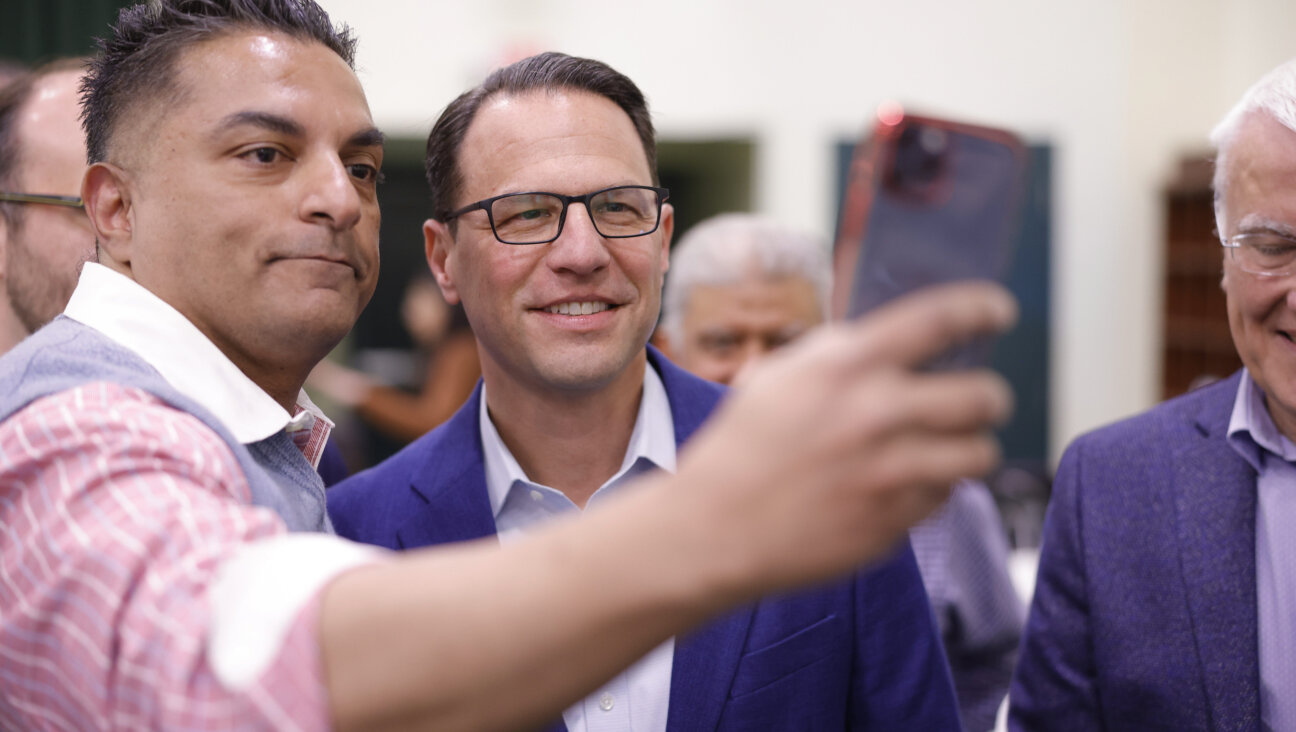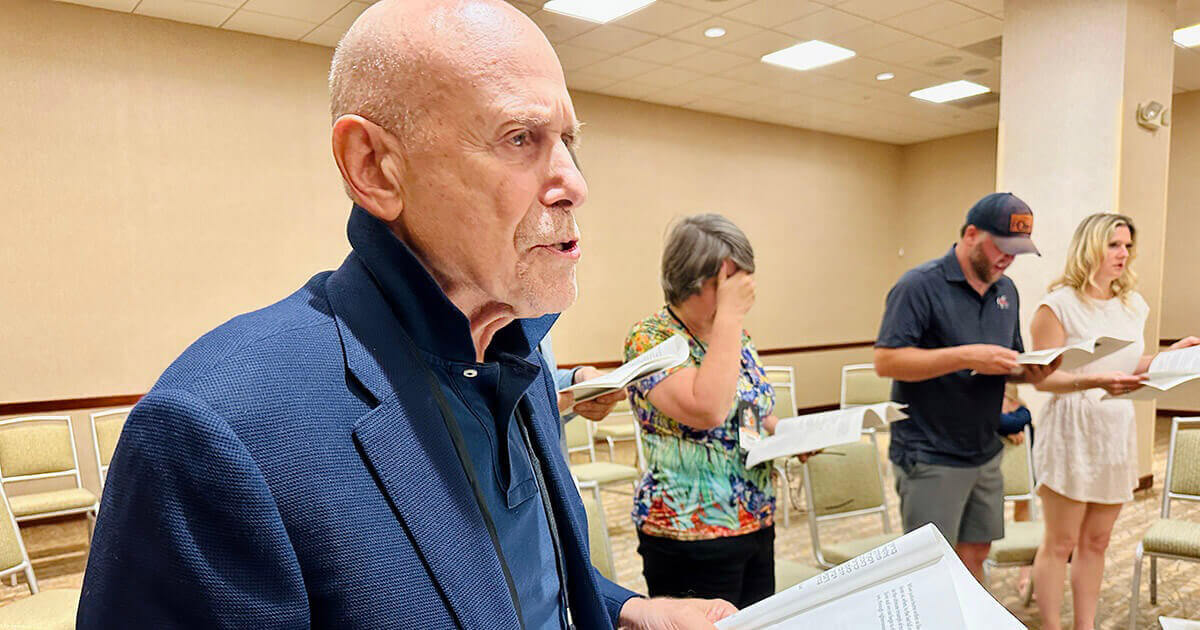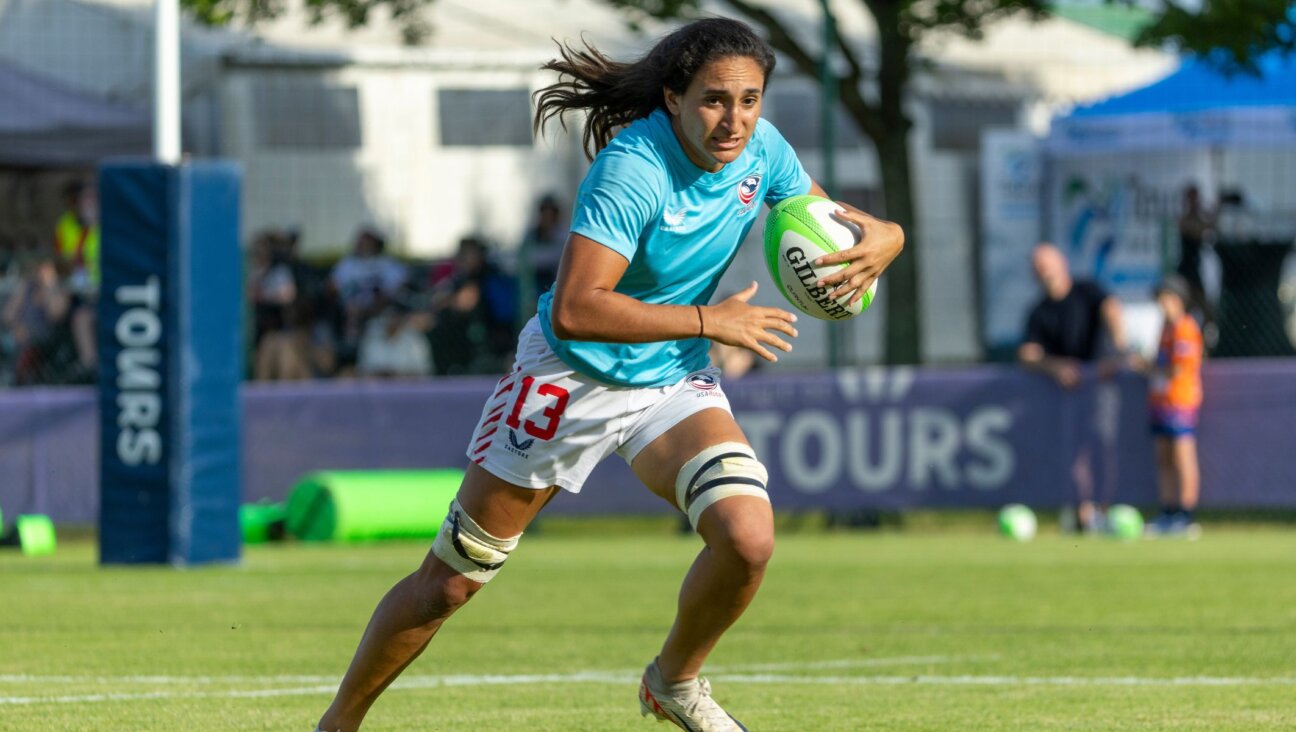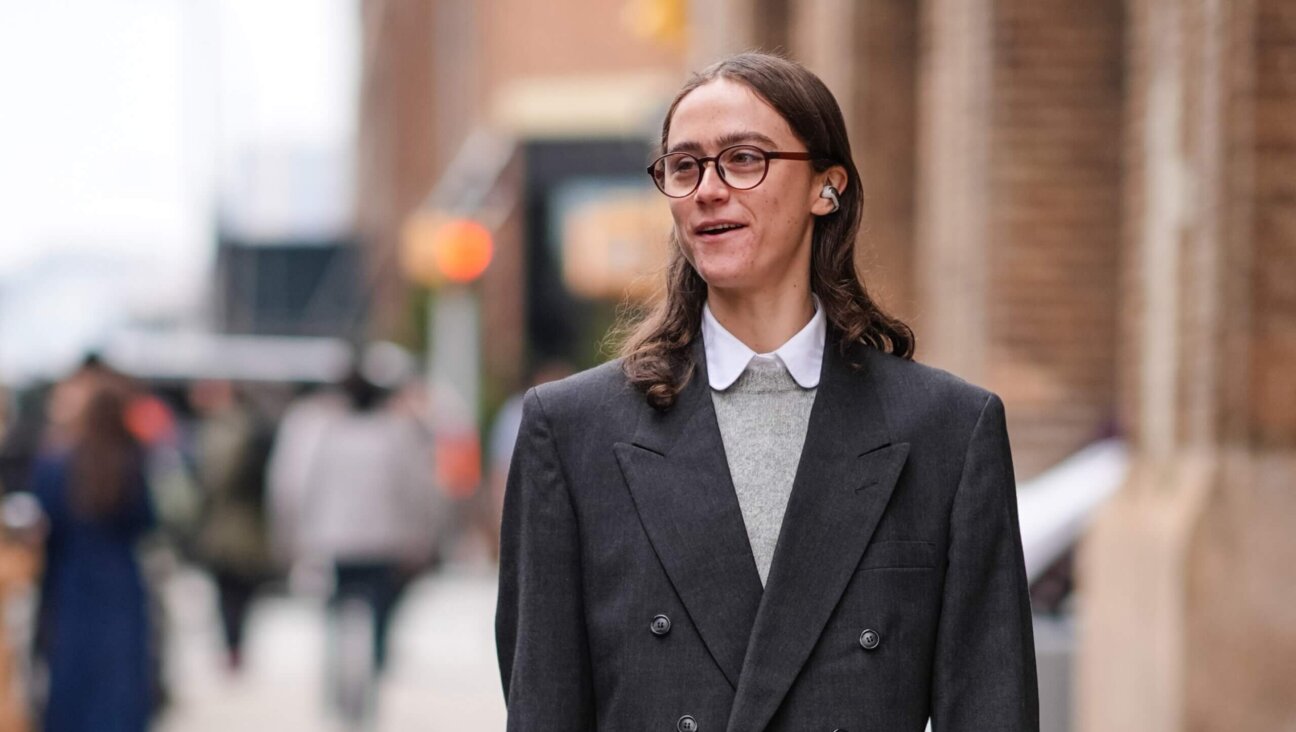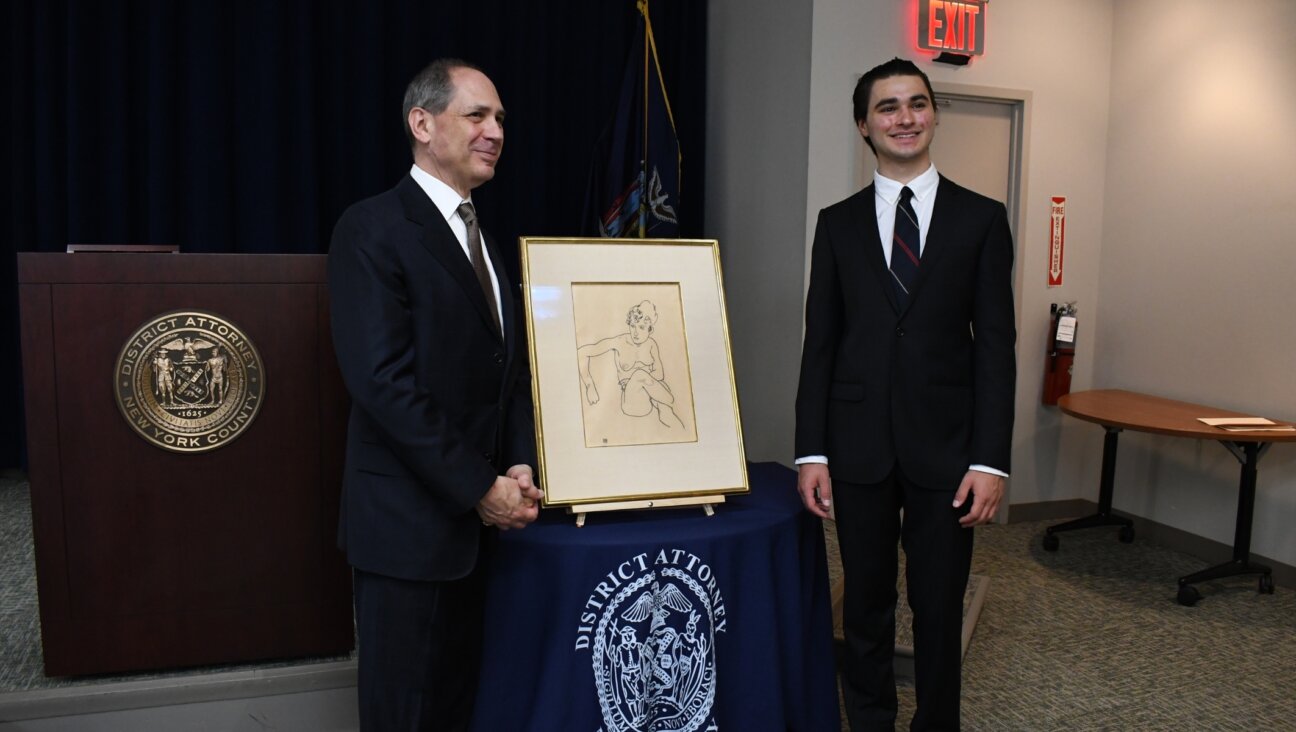A New Twist on Interfaith Marriage
Choreographer Mariana Bekerman has perennially encountered multicultural intermixing and the xenophobia that accompanies it. Of Russian Jewish parentage, Bekerman attended high school in the checkered quilt called Queens, then later choreographed shows in Mexico for resorts. So it’s not a surprise that she concocted a dance-theater piece about the clash and fusion of ethnicity in “A Goyish Affair With a Twist,” to be presented at the Mazer Theater at 197 East Broadway from June 5 through June 7.
Very loosely based on events in Bekerman’s life, the dance-play centers on a Jewish bride-to-be and her Latino fiancé, both of whose families bristle at the mere idea of a mixed marriage. A choreographic soup comprising elements of “West Side Story” and “A Midsummer Night’s Dream” with a helping of matzo balls lobbed in, “A Goyish Affair With a Twist” delivers a serious statement with the levity of a comic strip.
“This piece is meant to promote a positive message,” the 27-year-old Bekerman told the Forward. “There is a lot of commonality among cultures — we are not so different. We have different food, music, the way we dress and speak — the outside parts of our cultures are very diverse. But when you come down to it, there is a lot of commonality, and that’s what this work is all about.”
“A Goyish Affair” begins with the mother and sister of the Jewish bride scolding and chiding her to reverse her decision to marry a goy — an unthinkable act of chutzpah. But the young woman dances in defiance of their will. Subsequently, the Latinos and Jews come face to face in Brighton Beach in a vaudevillian fight sequence. Still, all is well that ends well, thanks to a little magic — in the form of a disco ball. “The bride uses the disco ball to hypnotize the bridegroom’s family and her own relatives and convince them to accept the marriage,” explained Bekerman, adding, with irony-free glee, “and they all live happily ever after.”
“A Goyish Affair” uses 12 dancers and a spectrum of musical selections ranging from Russian gypsy music to Spanish rock. The movement employs ballet technique, Broadway pizzazz and modern dance, combined with “house/vogue” steps — and not a word of spoken text.
Bekerman stresses that the stereotypical characterizations depicted are not meant to insult anyone, but to provide a humorous look at the different qualities of both cultures. “I’m not trying to say that Russians are better than Latinos or that Latinos are better than Russians,” she said. “I’m saying, here are two cultures that are very diverse — and yet they are not. And they can still have a good time together.”
This type of storytelling dance piece is new for Bekerman, who has tended to work within a strictly abstract dance aesthetic. A graduate of New York University’s Tisch School of the Arts, she once choreographed a site-specific work, with a pile driver on concrete supplying part of the instrumental accompaniment. Her choreographic role models range from the Jewish choreographer Boris Eifman’s hyper-theatrical style to Twyla Tharp’s post-modernism. But she felt a work like this would both embrace her modern dance roots and remain accessible to the audience. “Modern dance is for a very specific audience — fellow choreographers, the families of the choreographers, and friends of the choreographers,” she said with a chuckle. “It’s not popular enough — and certainly not a money-making enterprise.”
But most of all, Bekerman, who now heads the dance department at a junior high school in Woodside, Queens, wants to stress the realities of life represented in “A Goyish Affair With a Twist”: “Here you have this girl who is very traditional. Her family doesn’t want to see her with this guy. This is still very common in society. I just want to say, ‘Hey, it happens and it’s okay — and lighten up about it.’”
Joseph Carman writes about dance for The New York Times.
A message from our editor-in-chief Jodi Rudoren
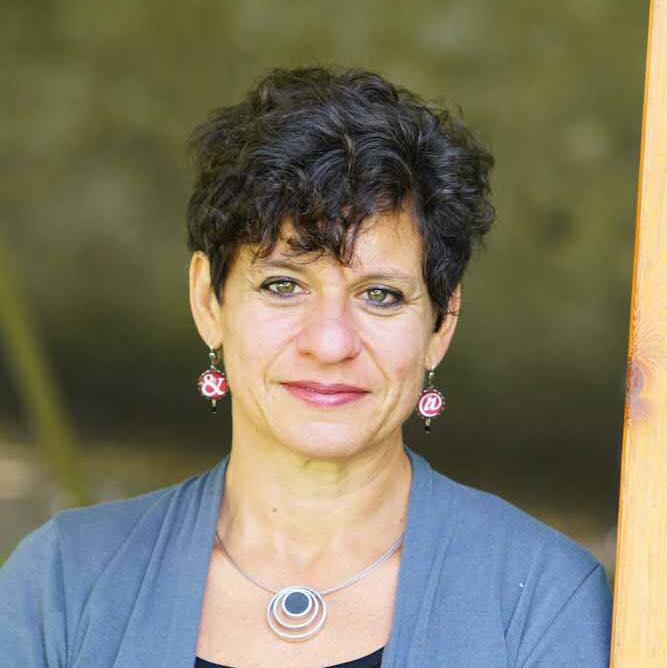
We're building on 127 years of independent journalism to help you develop deeper connections to what it means to be Jewish today.
With so much at stake for the Jewish people right now — war, rising antisemitism, a high-stakes U.S. presidential election — American Jews depend on the Forward's perspective, integrity and courage.
— Jodi Rudoren, Editor-in-Chief







